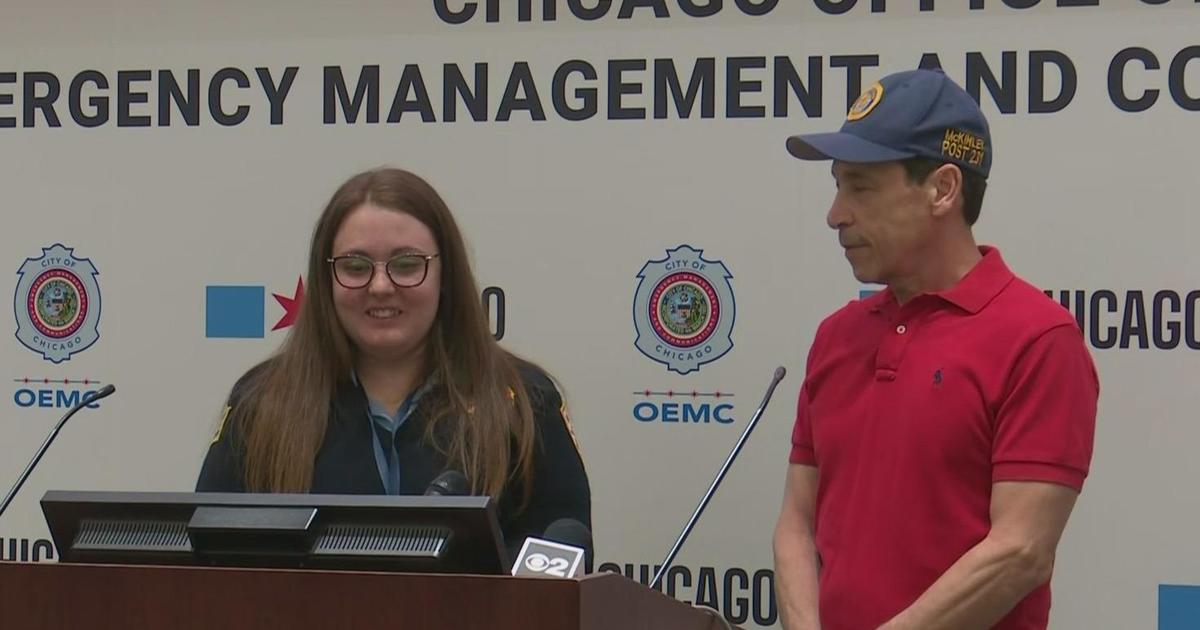5 Things In Chicago That Exist Nowhere Else In The US
806 N. Michigan Ave.
Chicago, IL 60611
(312) 742-0808
www.nps.gov
The Pumping Station Water Works and the Water Tower, two landmark structures on either side of the 800 block of North Michigan Avenue, typically signify Chicago. Built from 1867 to 1869 and made of Joliet limestone, the buildings are among the few structures to survive the Great Chicago Fire of 1871. But what makes them unique in today's world is that, instead of being turned into museums, they each have become an art venue. To see the impressive inner structure of pipes and whatnot at the Pumping Station Water Works, get a ticket to a Looking Glass Theatre performance. Both experiences are worth the price of a ticket. Or, go into the Water Tower across Michigan Avenue to see the latest free exhibit of the building's art gallery.
Millennium Park
201 E. Randolf St.
Chicago, IL 60601
(312) 742-1168
www.cityofchicago.org
Chicago's Millennium Park, between East Randolph Street and Monroe Drive, is an art venue that mostly has changing exhibits. One important item that is permanent is British-Indian sculptor Anish Kapoor's Cloud Gate. When tourists come to Chicago, people in the know typically reply to the question about what to see by including this sculpture. Nicknamed "The Bean," the work is a 66-foot-long form that does resemble some folks' idea of a kidney bean. Its elliptical shape curves up in the center and is high enough that people walk under it as if it had an archway. Probably what really draws visitors is that the sculpture is made of highly polished stainless steel so it reflects them and Chicago's skyline. It's a perfect place to snap photos for Facebook to show Chicago.
111 S. Michigan Ave.
Chicago, IL 60603
(312) 443-3600
www.artic.edu
If you walk up the steps to the Art Institute of Chicago's main entrance on Michigan Avenue you don't get the startling view afforded to visitors who walk east to the museum's Modern Wing entrance. Yes, those are railroad tracks going under one of the world's most noted art museums. Perhaps you didn't wonder why the galleries on the museum's east side didn't connect to the original building except by the first-floor corridor. When the museum outgrew its original space at Michigan Avenue and Adams Street, built there in 1893, it looked east. The problem was the Illinois Central Railroad tracks that ran along the eastern edge of the museum. After much debate and negotiations about airspace, The Art Institute built Gunsaulus Hall in 1916 and it became the bridge addition that the museum needed to expand its galleries and courtyard space. Trains still run under the museum's bridge, but now the IC is operated by the Canadian National Railway. The other aspect of the building that makes it unique is that the art museum was built after an agreement with the city that it could first be used as the World's Congress Auxiliary Building for the Columbian Exposition.
University of Chicago
On campus at South Ellis Ave. near 57th St.
Chicago, IL 60637
(773) 702-1234
www.uchicago.edu
Artworks by renowned sculptor Henry Moore can be seen in sculpture gardens and museums. However, the one standing just outside the University of Chicago's Regenstein Library on Ellis Avenue marks a historic place and occasion. Titled "Nuclear Energy," it commemorates a nearby site no longer up where Enrico Fermi and his group successfully obtained a self-sustaining nuclear reaction as part of the Manhattan Project to develop an atomic bomb. The secret project was said to have been conducted under the university's Stagg Field west stands.
600 N. Clark St.
Chicago, IL 60637
(773) 881-1195
www.gangstertour.com
If hearing stories and seeing movies and TV series about the Chicago Mob has you thinking you would like to visit — or at least drive by — their one-time hangouts, then you should go for a ride with Untouchable Tours. It's OK. You don't end up with cement shoes or at the bottom of a river. During the nearly two-hour tour, you hear about Capone, Dillinger, Moran and others as you see some Chicago places you might not have visited on your own.



